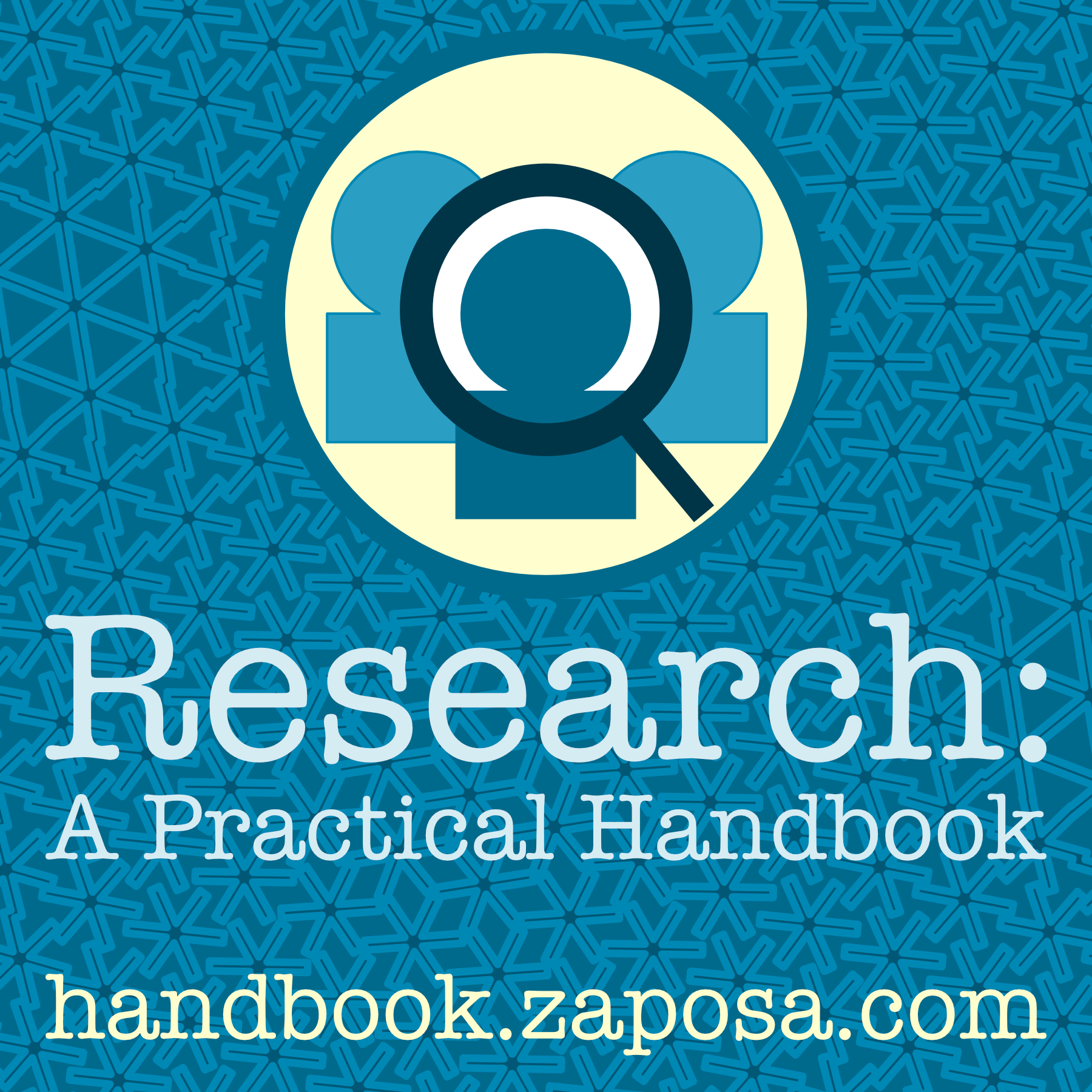What is Research: A Practical Handbook?
Research: A Practical Handbook is about the practice of research, particularly education research, and particularly in higher education in the US.
It’s a handbook because it:
- makes tacit professional knowledge more explicit, particularly around fundamental practices of research;
- prioritizes friendliness over depth;
- has chapters with actionable exercises;
- supports use both as a teaching tool and reference manual.
Who is this handbook for?
This handbook is for you.
It supports a wide range of people to become better at their work: students just getting started, new faculty, venerable advisors, casual researchers, and postdocs conceptualizing their first independent research.
Generally, people learn how to do education research as students, postdocs, or faculty members. Most newcomers to the field start with a mentoring relationship with another researcher. We call these scholars emerging education researchers. Because most of them are situated in disciplinary departments, we also call them “emerging discipline-based education researchers”, or EDBERs. As a research mentor, I wrote these articles because my students and junior colleagues needed them.
In education research, there are also a lot of people who get started without a direct mentor. As faculty, they might be focused on improving the learning or success of students in their departments; as learners themselves, they might seek to improve learning more broadly for people like them. They might get started by participating in a field school, workshop, or conference. They might transition into education research as a natural extension of their other professional duties, like teaching, running an outreach program, or evaluating programs at their institution.
As someone who works with emerging education researchers, I wrote these articles because people kept asking: what’s a good overview of…? how do I…? can you help me learn to…?
